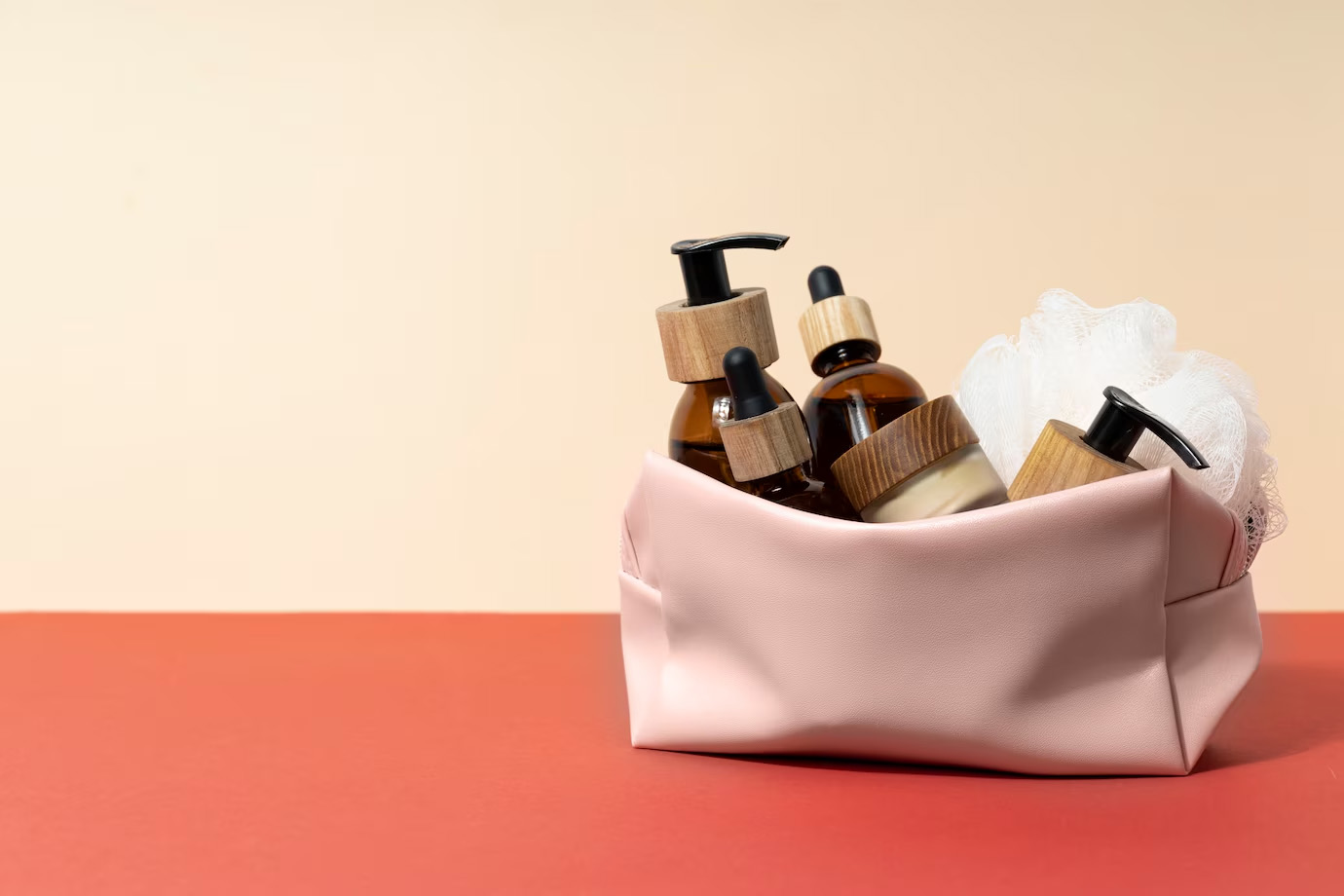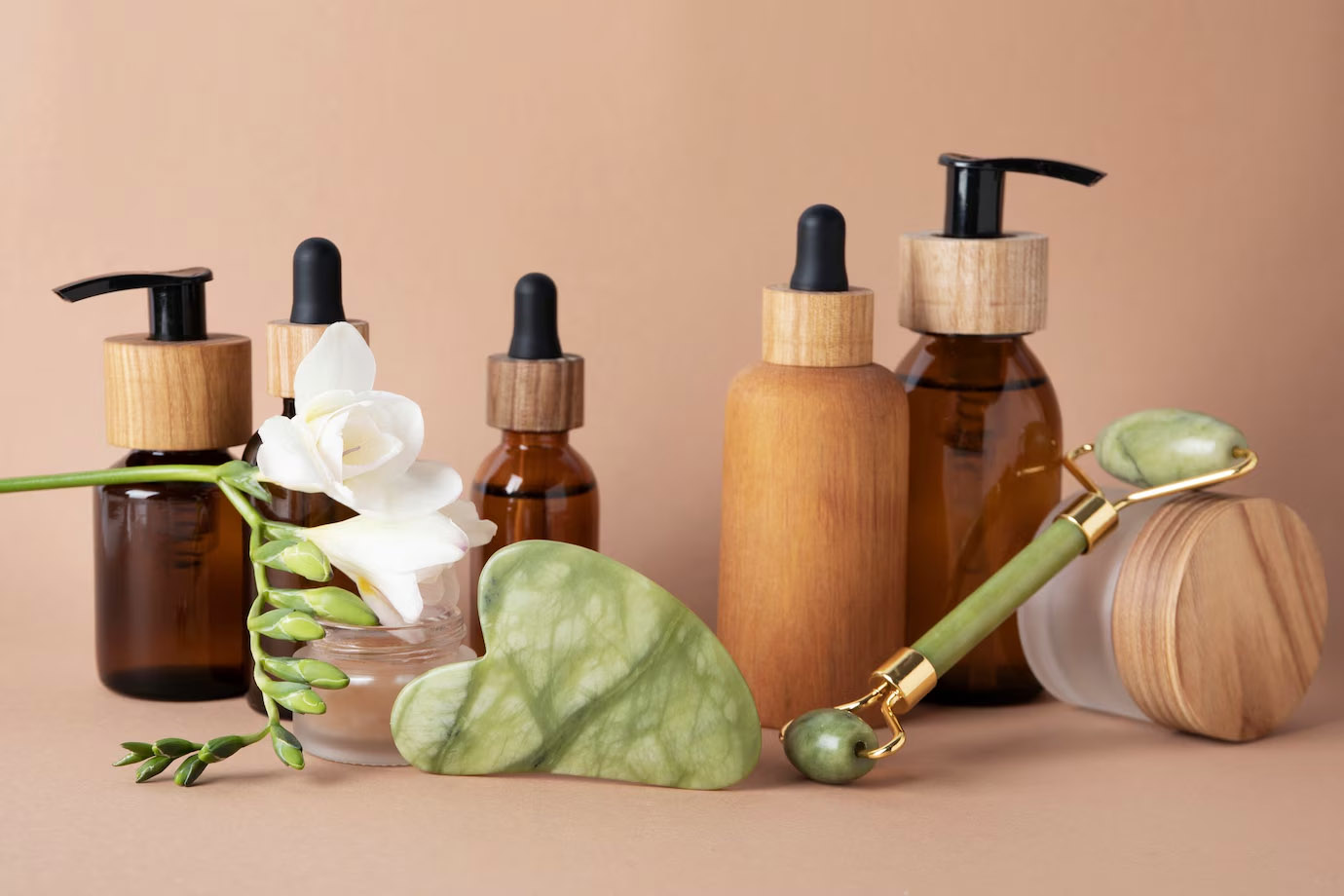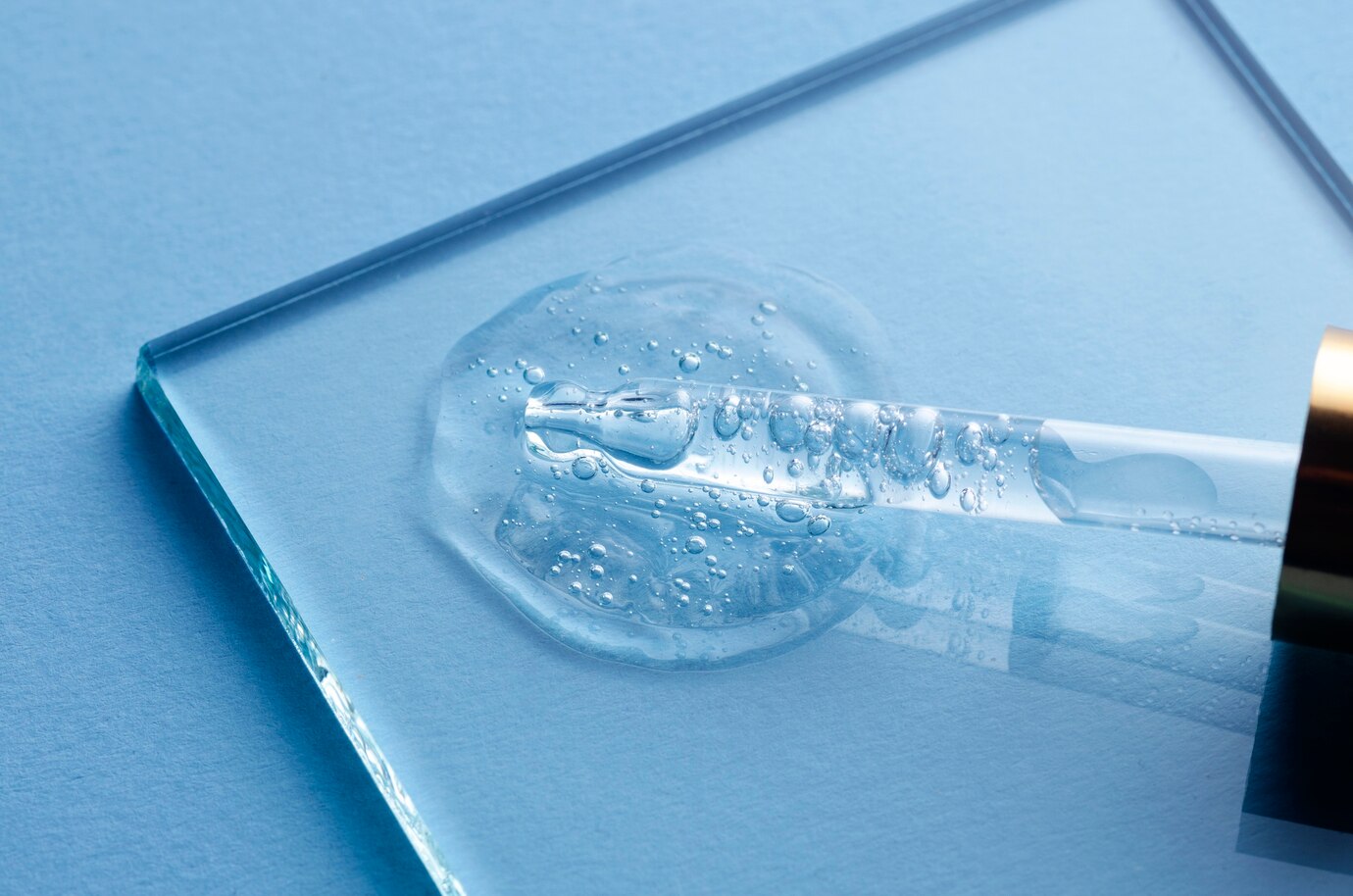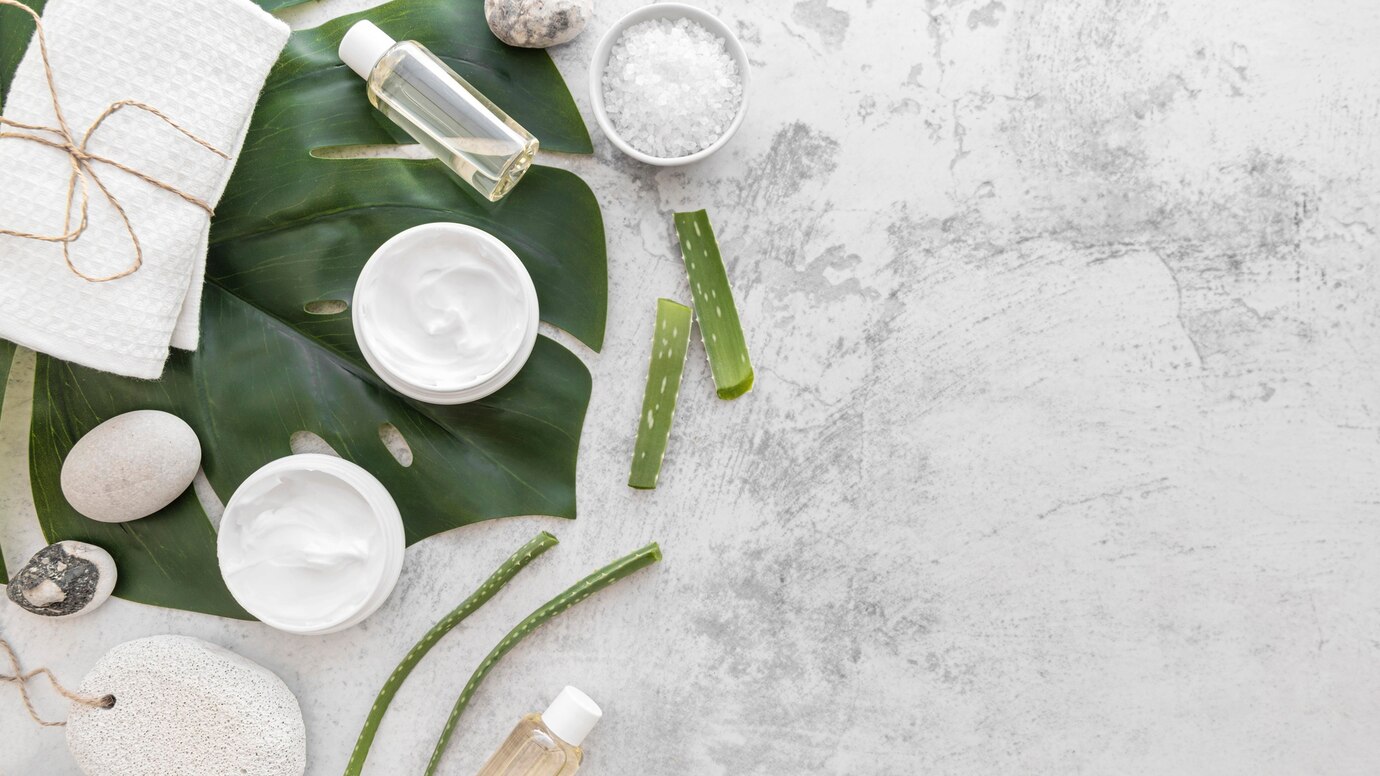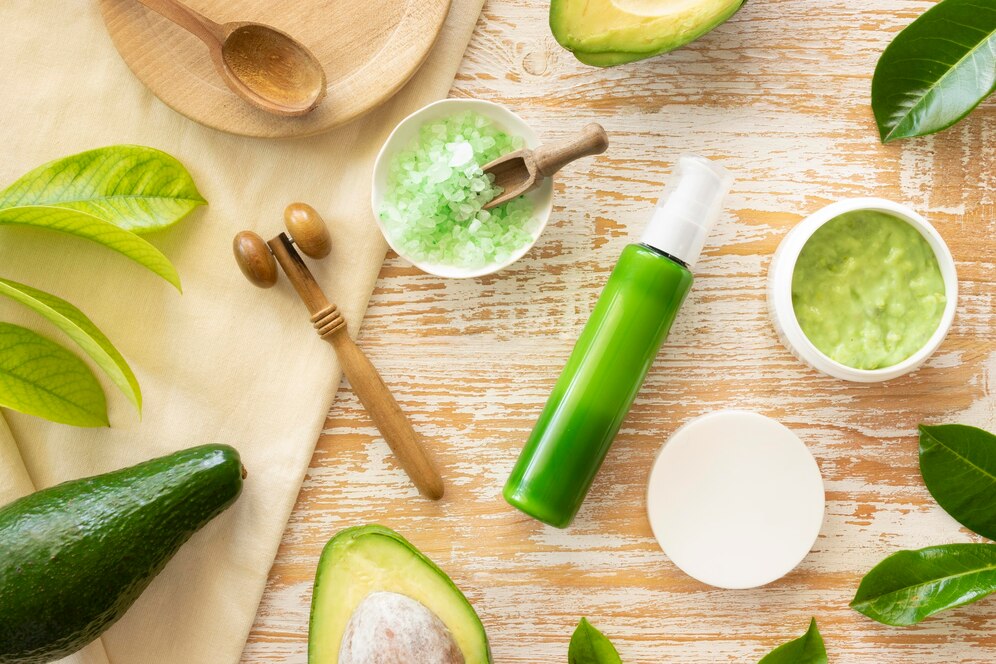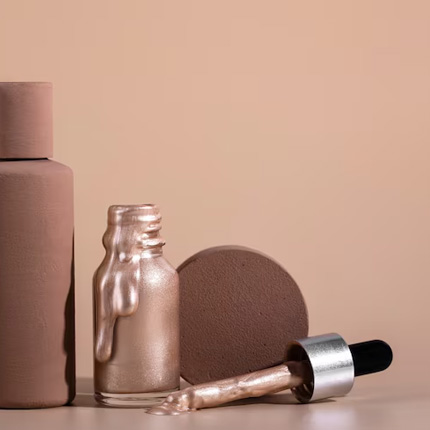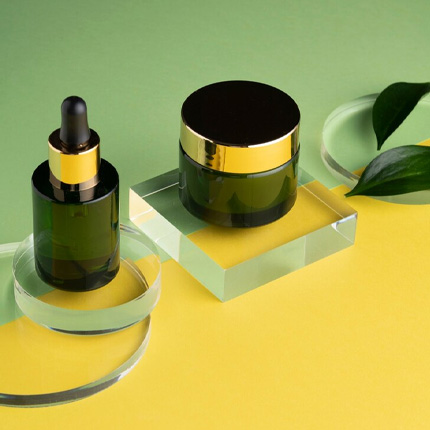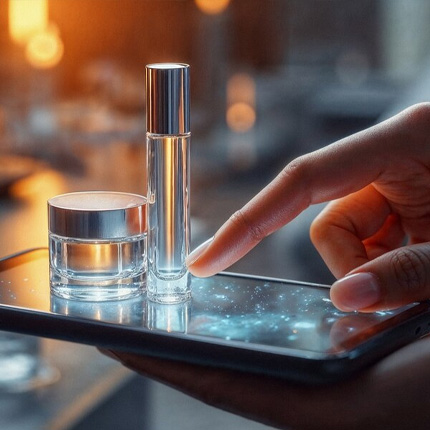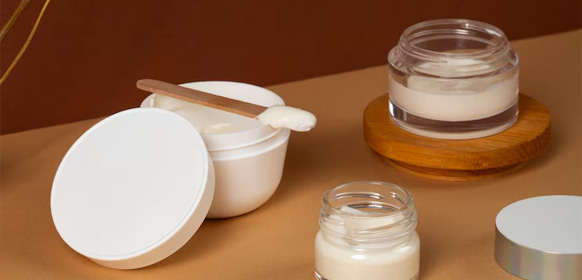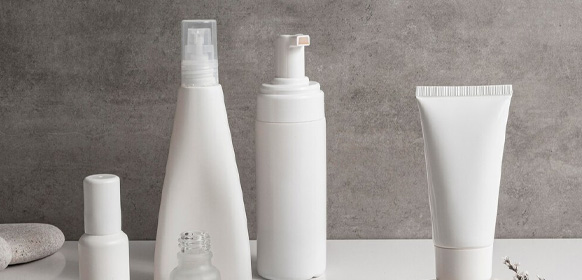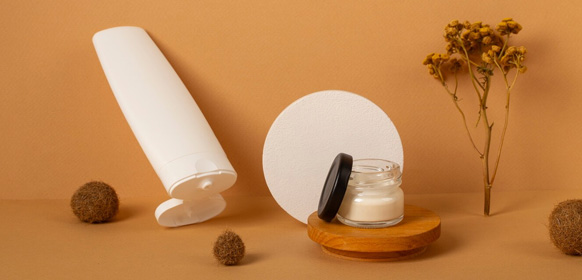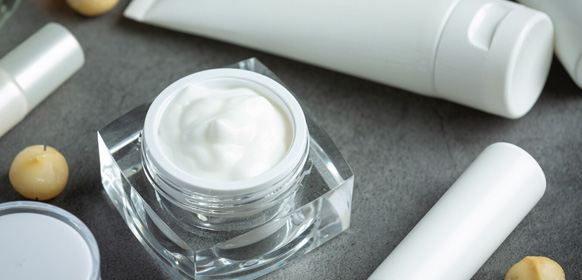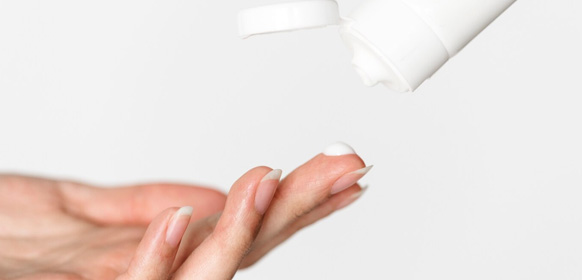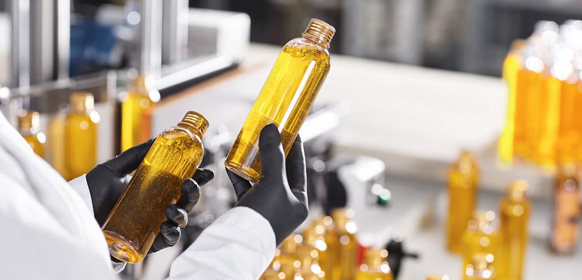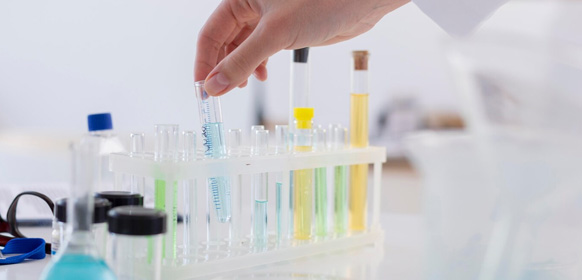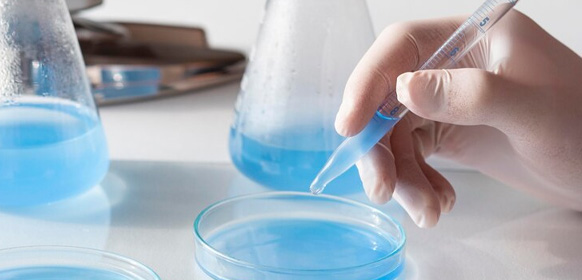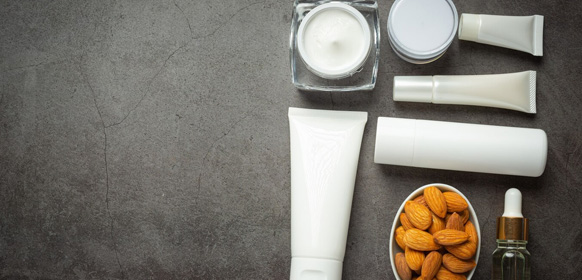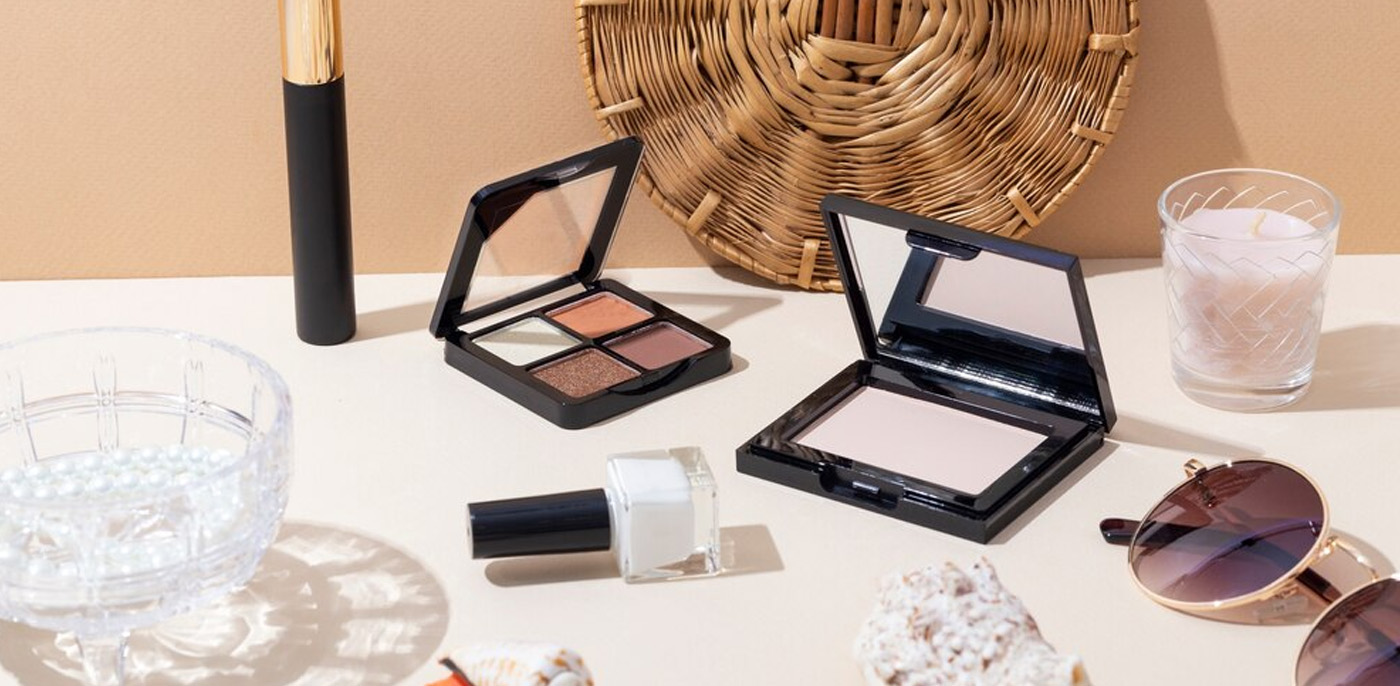
In the crowded skincare and personal care market, differentiation is no longer just about unique formulations or eye-catching packaging—it’s about leveraging collective intelligence. For brands seeking to innovate faster, reduce R&D costs, and align with evolving consumer demands, co-development models with OEM partners have emerged as a game-changer. Unlike traditional transactional manufacturing, co-development fosters a symbiotic relationship where brands and manufacturers pool technical expertise, market insights, and resources to create breakthrough products. This article explores how collaborative partnerships, particularly in hand & foot care manufacturing, custom formulation development, and regulatory compliance, enable brands to outpace competitors while mitigating risks. Learn why forward-thinking companies like Guangzhou Huanyan Cosmetics are redefining success through shared innovation.
The Rise of Co-Development in Skincare OEM
Co-development models bridge the gap between brands’ market intuition and manufacturers’ technical mastery. A 2024 Kline & Company report found that 72% of beauty brands now prioritize collaborative OEM partnerships over purely transactional relationships. Key drivers include:
- Shrinking R&D budgets: Startups and SMEs gain access to advanced labs and patented technologies without capital investment.
- Faster time-to-market: Joint problem-solving reduces formulation bottlenecks by 30–50%.
- Risk-sharing: Manufacturers absorb costs of failed stability tests or regulatory rejections in agreed-upon frameworks.
For example, Huanyan Cosmetics’ co-development program has helped 50+ brands launch products like probiotic-infused foot masks and caffeine-based hand scrubs within 6–9 months, compared to the industry average of 12–18 months.
How Co-Development Models Work: A Step-by-Step Guide
Ideation & Market Alignment
- Trend Analysis: OEMs like Huanyan provide insights on emerging ingredients (e.g., tremella mushroom for hydration) or packaging trends (e.g., biodegradable sachets).
- Consumer Insights: Shared data from focus groups or social listening tools identify unmet needs (e.g., demand for gender-neutral hand care).
Formulation & Prototyping
- Ingredient Sourcing: Leverage the OEM’s supplier network for rare or cost-effective actives (e.g., ethically sourced shea butter).
- Rapid Iteration: Joint labs test 3–5 variants simultaneously. For instance, Huanyan’s R&D team optimized a vegan foot peel’s pH balance in 4 rounds versus the typical 8.
Compliance & Scaling
- Regulatory Co-Navigation: Manufacturers handle region-specific certifications (e.g., EU CPNP, China NMPA) while brands focus on marketing claims.
- Pilot Production: Test batches of 2,000–5,000 units validate machinery settings and workflow efficiency.
Key Benefits of Co-Development Partnerships
Access to Patented Technologies
OEMs often hold exclusive rights to innovative processes:
- Micro-Encapsulation: Huanyan’s patented slow-release technology extends the efficacy of retinol alternatives in hand creams.
- Waterless Formulations: Reduce preservatives and carbon footprint with anhydrous foot scrub bases.
Cost Efficiency
- Shared R&D Costs: Brands split expenses for clinical trials or consumer testing.
- Bulk Pricing: Manufacturers pre-purchase raw materials for multiple clients, lowering per-unit costs by 15–20%.
Market Agility
- Trend Responsiveness: Co-development slashes reaction time to viral trends (e.g., Hailey Bieber’s “glazed donut” skin effect spurred a 200% demand for hyaluronic acid foot masks).
- Regional Customization: Adapt textures, fragrances, or SPF levels for specific climates or cultural preferences.
Case Study: Co-Developing a Best-Selling Hand Mask
Brand X x Huanyan Cosmetics: The Glove-Like Hydration Mask
- Challenge: Create a luxe, spa-grade hand mask for Gen Z consumers, priced under $8/unit.
- Co-Development Process:
- Insight Sharing: Huanyan’s team identified a gap in affordable, Instagram-worthy hand care.
- Formulation: Combined rice bran oil (brightening) with chitosan (film-forming) for a “second skin” effect.
- Packaging: Co-designed biodegradable glove-shaped sachets for viral unboxing appeal.
- Results:
- Launched in Q3 2023, sold 500,000 units in 6 months.
- Won Allure’s 2024 “Best Innovative Skincare” award.
Choosing the Right Co-Development Partner: 4 Critical Criteria
- Technical Expertise: Verify in-house labs, certifications (ISO 22716, FDA), and IP portfolios. Huanyan’s 15+ patents in hand & foot care exemplify this.
- Transparency: Demand full visibility into ingredient COAs, pricing breakdowns, and audit reports.
- Cultural Alignment: Ensure shared values (e.g., sustainability) and communication styles.
- Scalability: Assess ability to shift from 10,000-unit pilots to 1M+ orders without quality dips.
Overcoming Co-Development Challenges
- IP Protection: Draft clear agreements on ownership of new formulations or technologies.
- Misaligned Timelines: Use project management tools like Gantt charts to synchronize R&D, production, and launch phases.
- Over-Customization: Avoid “perfection paralysis” by setting realistic iteration limits (e.g., max 3 formula tweaks).
The Future of Co-Development: Collaboration as the New Standard
As consumer expectations fragment across regions and demographics, brands that embrace co-development will lead in:
- Hyper-Personalization: AI-free tools like modular formulation platforms allow tailored products for micro-niches (e.g., eczema-safe foot creams).
- Sustainability: Joint initiatives like Huanyan’s closed-loop water recycling system reduce environmental impact while cutting costs.
- Regulatory Innovation: Co-create pre-compliant bases for emerging markets (e.g., pre-approved halal ingredients for MENA expansion).
Conclusion
Co-development models are no longer optional—they’re a strategic imperative for brands aiming to thrive in an era of rapid innovation and resource constraints. By partnering with OEM experts like Huanyan Cosmetics, companies gain more than a manufacturer; they gain a thought partner capable of transforming market challenges into scalable successes. With expertise spanning hand & foot care manufacturing, certified sustainable practices, and agile co-creation frameworks, Huanyan exemplifies how shared expertise drives unmatched competitive advantage.
